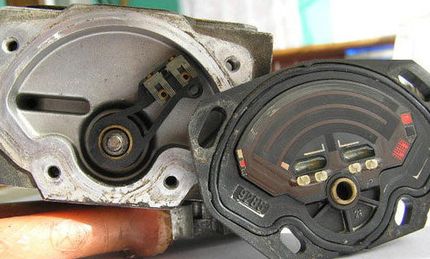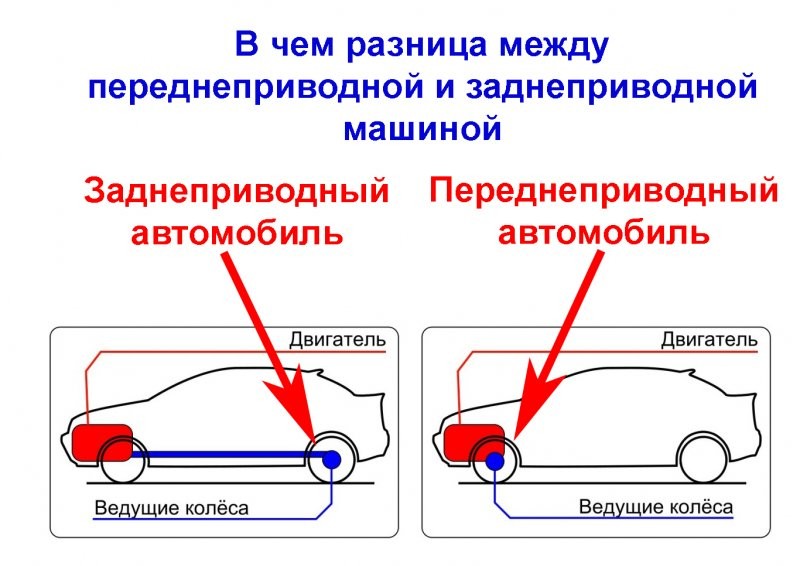
Symptoms of a Faulty or Faulty Throttle Position Sensor
Content
Common symptoms include no power when accelerating, rough or slow idling, engine stalling, inability to upshift, and the Check Engine light coming on.
The Throttle Position Sensor (TPS) is part of your vehicle's fuel management system and helps ensure that the correct mixture of air and fuel is supplied to the engine. TPS provides the most direct signal to the fuel injection system about how much power the engine needs. The TPS signal is continuously measured and combined many times per second with other data such as air temperature, engine speed, mass air flow and throttle position change rate. The data collected determines exactly how much fuel to inject into the engine at any given time. If the throttle position sensor and other sensors are working properly, your vehicle accelerates, drives or coasts smoothly and efficiently as you would expect while maintaining optimal fuel economy.
A throttle position sensor can fail for several reasons, all of which lead to poor fuel economy at best, and performance limitations at worst that can pose a safety hazard to you and other motorists. It can also cause problems when shifting gears or setting the main ignition timing. This sensor may fail gradually or all at once. In most cases, the Check Engine light will come on when a TPS malfunction is detected. Also, most manufacturers provide an “emergency” mode of operation with reduced power when a malfunction is detected. This is intended, at the very least, to allow the driver to exit a busy highway more safely.
Once the TPS starts to fail, even partially, you will need to replace it immediately. Replacing the TPS will involve clearing the associated DTCs and may require the software of the new TPS module to be reprogrammed to match other engine management software. It is better to entrust all this to a professional mechanic who will diagnose and then install the correct spare part.
Here are some common symptoms of a failing or failing throttle position sensor to look out for:
1. The car does not accelerate, it lacks power when accelerating, or it accelerates itself
It may seem that the car simply does not accelerate as it should, but twitches or hesitates when accelerating. It can accelerate smoothly, but lacks power. On the other hand, it may happen that your car suddenly accelerates while you are driving, even if you have not pressed the gas pedal. If these symptoms occur, there is a good chance that you have a problem with TPS.
In these cases, the TPS does not provide the correct input, the on-board computer cannot control the engine so that it works properly. When the car accelerates while driving, it usually means that the throttle inside the throttle has closed and suddenly opens when the driver presses the accelerator pedal. This gives the car an unintended burst of speed that occurs because the sensor is unable to detect the closed throttle position.
2. Engine idling unevenly, running too slowly or stalling
If you start experiencing misfiring, stalling, or rough idling when the vehicle is stopped, this could also be a warning sign of a malfunctioning TPS. You don't want to wait to check it out!
If idle is disabled, it means that the computer cannot detect a fully closed throttle. The TPS can also send invalid data, which will cause the engine to stop at any time.
3. Vehicle accelerates but will not exceed relatively low speed or upshift.
This is another TPS failure mode that indicates that it is falsely limiting the power requested by the accelerator pedal foot. You may find that your car will accelerate, but not faster than 20-30 mph. This symptom often goes hand in hand with loss of power behavior.
4. The Check Engine light comes on, accompanied by any of the above.
The Check Engine light may come on if you are having problems with the TPS. However, this is not always the case, so don't wait for the Check Engine light to come on before you check for any of the above symptoms. Check your vehicle for trouble codes to determine the source of the problem.
The throttle position sensor is the key to getting the desired power and fuel efficiency from your vehicle in any driving situation. As you can see from the symptoms listed above, the failure of this component has serious safety implications and should be checked by a qualified mechanic immediately.

